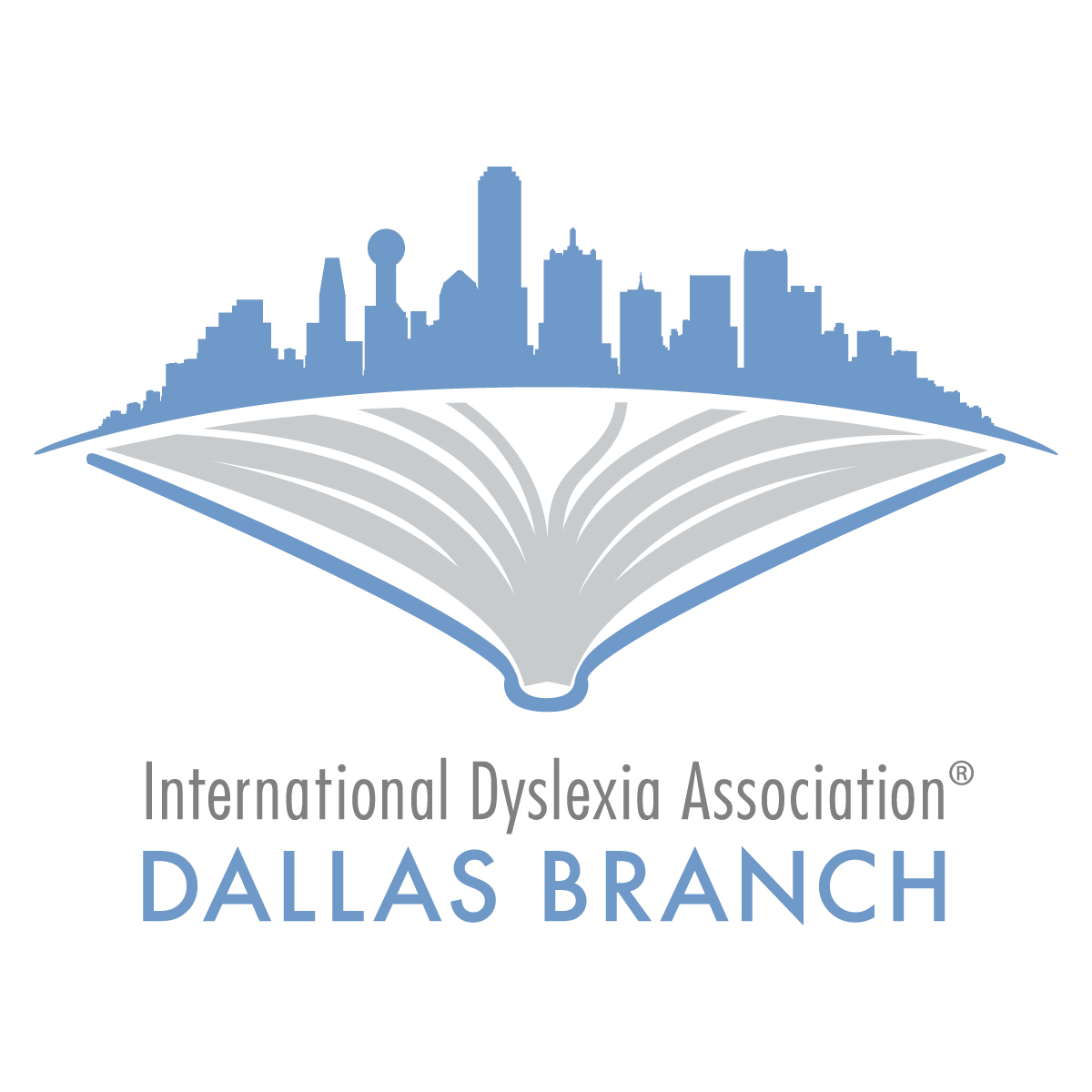About Dyslexia
What is Dyslexia?
Dyslexia is a specific learning disability that is neurobiological in origin. It is characterized by difficulties with accurate and/or fluent word recognition and by poor spelling and decoding abilities. These difficulties typically result from a deficit in the phonological component of language that is often unexpected in relation to other cognitive abilities and the provision of effective classroom instruction.
Dyslexia affects individuals throughout their lives, but its impact can be different during various stages of life. It is not a reflection of intelligence - individuals with dyslexia have average to above-average intelligence. With proper support and evidence-based intervention, people with dyslexia can succeed academically and professionally.
According to the International Dyslexia Association, dyslexia affects 15-20% of the population, making it the most common learning disability.
- • Difficulty reading accurately and fluently
- • Problems with spelling and writing
- • Difficulty with phonological awareness (sound structure of words)
- • Trouble with sequencing and organization
- • Challenges with rapid naming of familiar objects
- • Struggles with memorizing math facts or number sequences
- • Strong reasoning and problem-solving skills
- • Big-picture thinking and pattern recognition
- • Creativity and outside-the-box thinking
- • Strong spatial reasoning abilities
- • Entrepreneurial mindset and resilience
- • Empathy and strong interpersonal skills
Dyslexia Myths and Facts
Myth: Dyslexia is a vision problem that causes people to see letters backwards.
Fact: Dyslexia is not a vision problem. It's a language-based learning disability affecting how the brain processes language. Letter reversals are common in all young children and are not unique to dyslexia.
Myth: People with dyslexia can't read.
Fact: With appropriate instruction and support, people with dyslexia can learn to read. Many become avid readers, though they may read at a slower pace and need to develop specific strategies.
Myth: Dyslexia affects only boys.
Fact: Dyslexia affects both boys and girls, men and women. Boys may be identified more frequently, which can lead to the misconception that dyslexia is more common in males.
Myth: Dyslexia is rare.
Fact: Dyslexia is actually quite common, affecting approximately 15-20% of the population, making it the most common learning disability.
Helpful Resources
Need Support or Have Questions?
The Dallas Branch of the International Dyslexia Association is here to help. Contact us for resources, support, and connection to the dyslexia community in Dallas.
